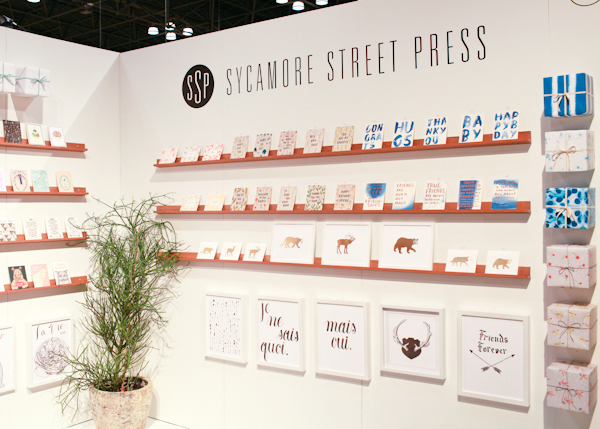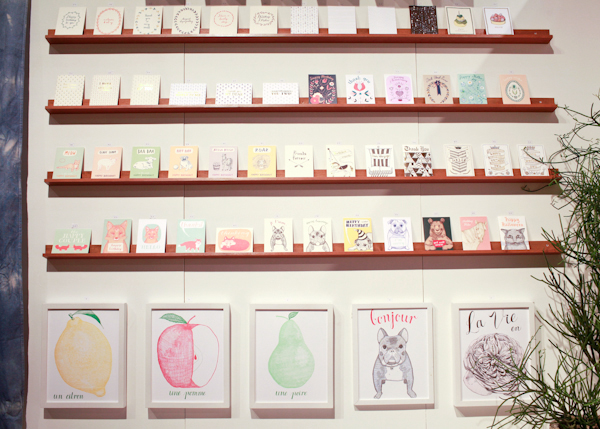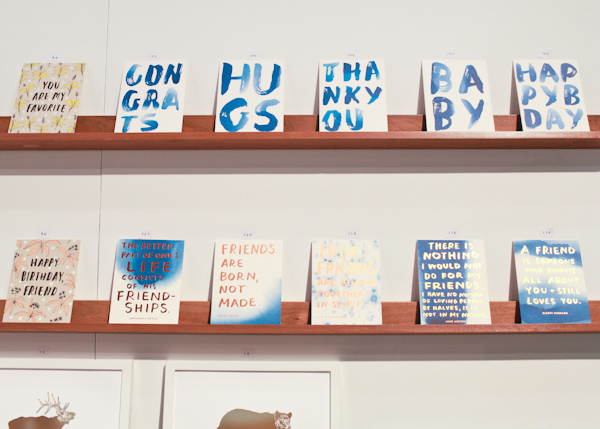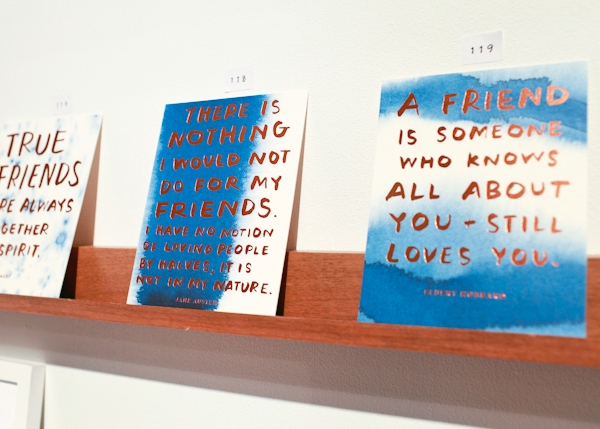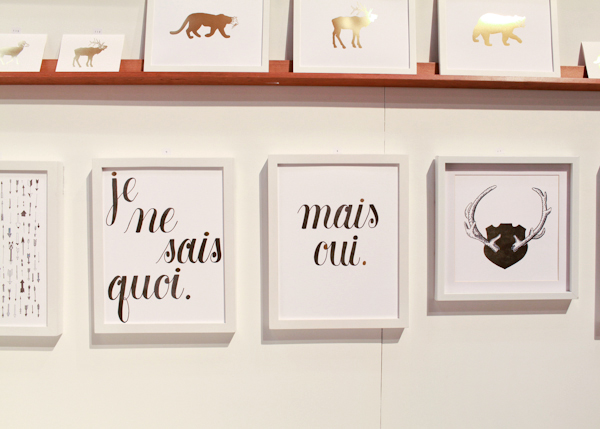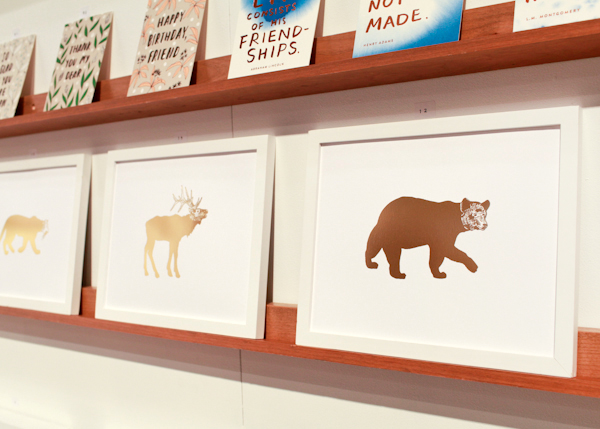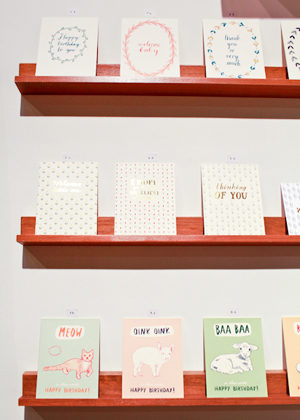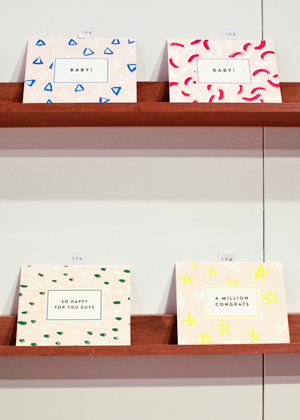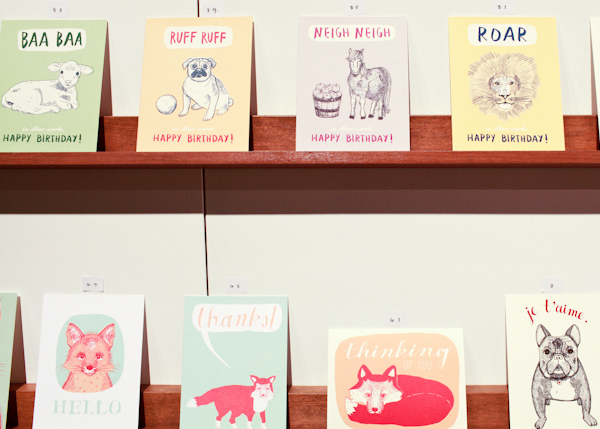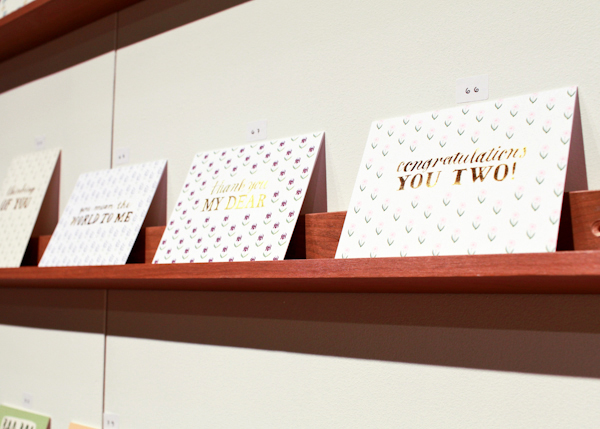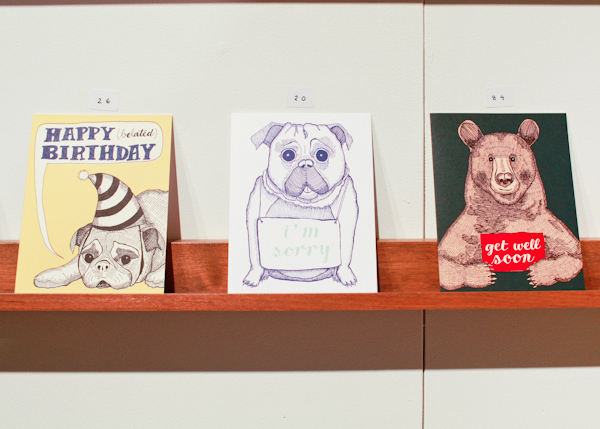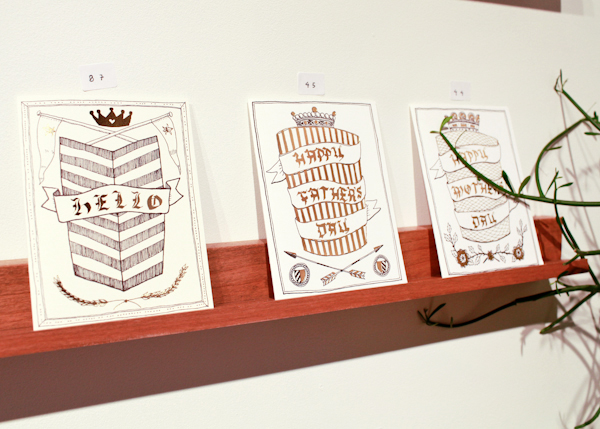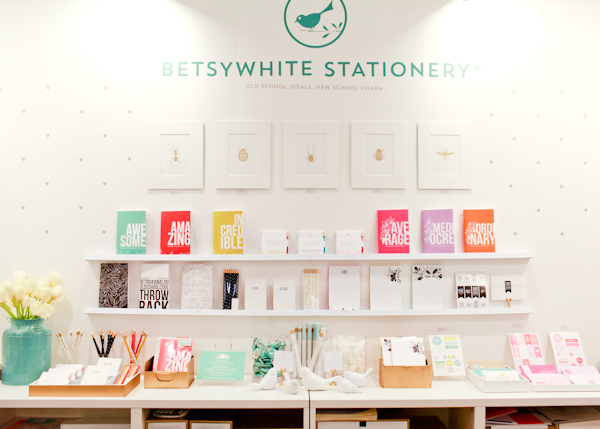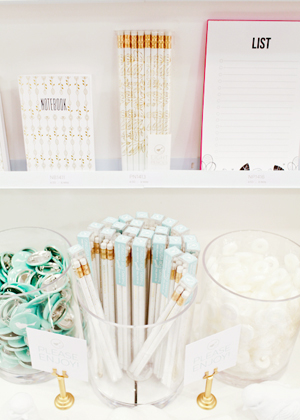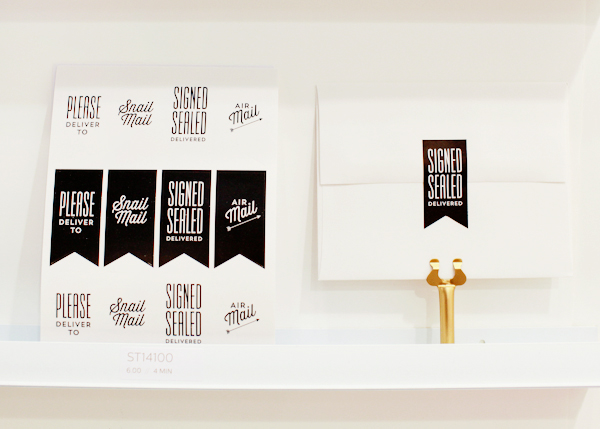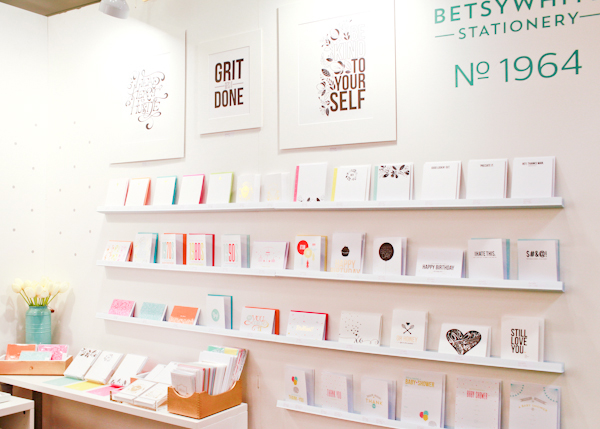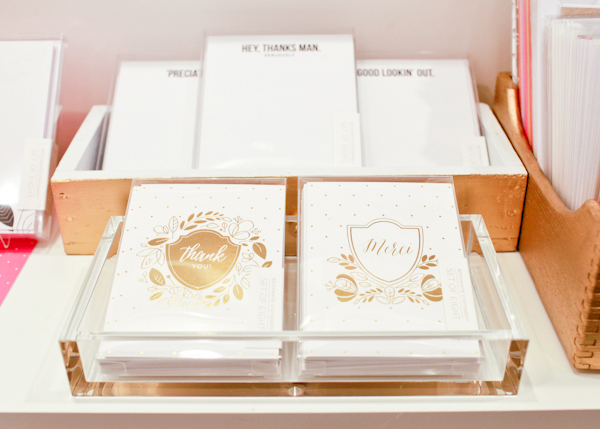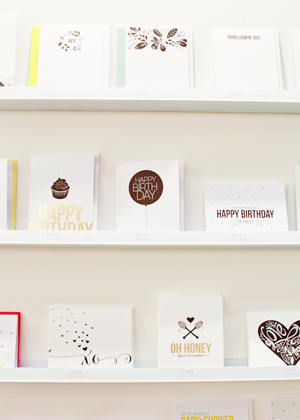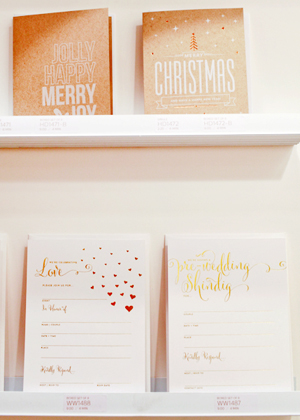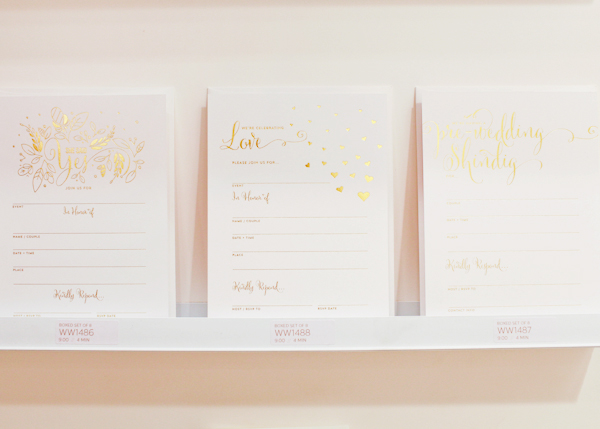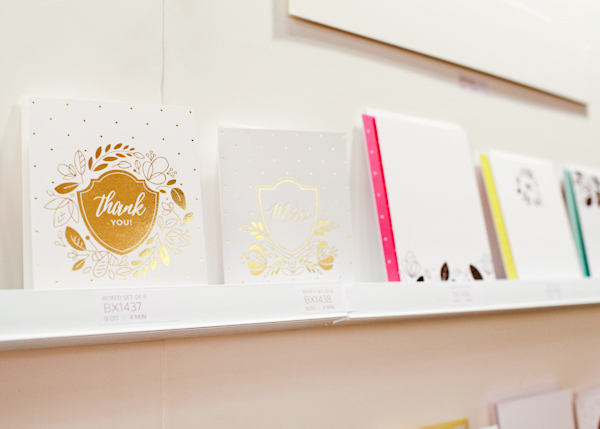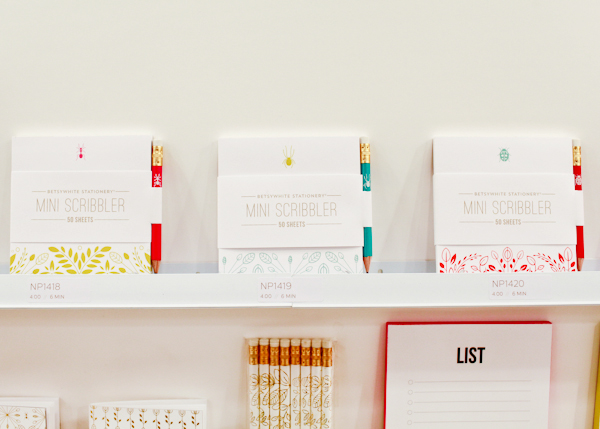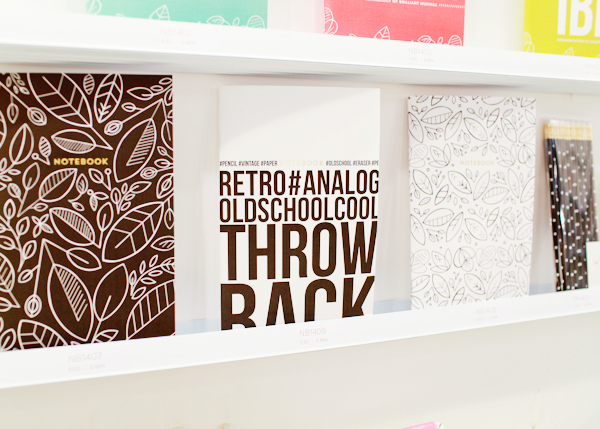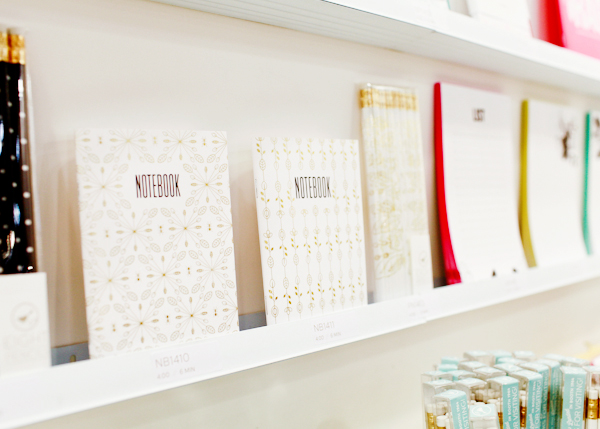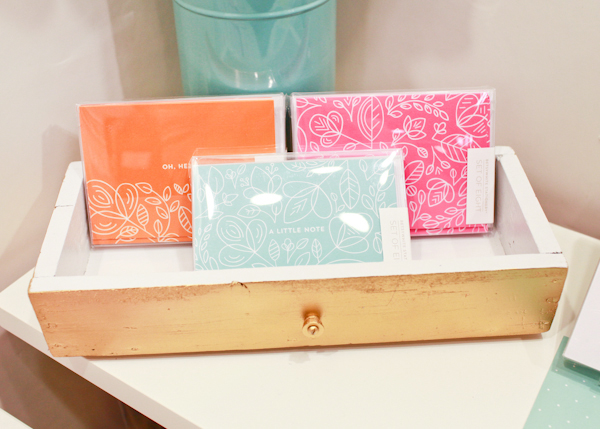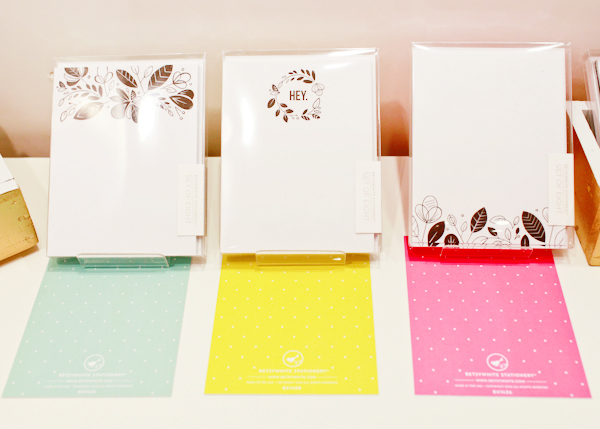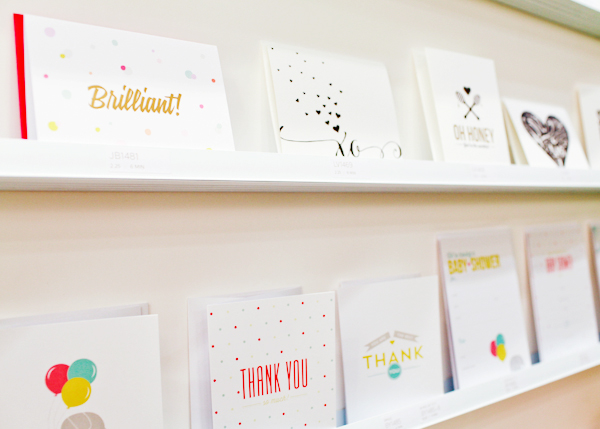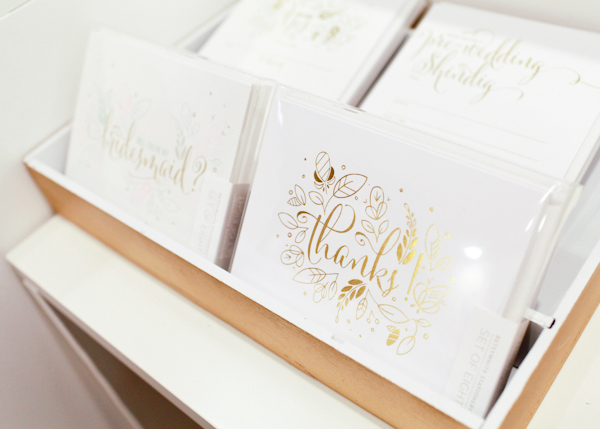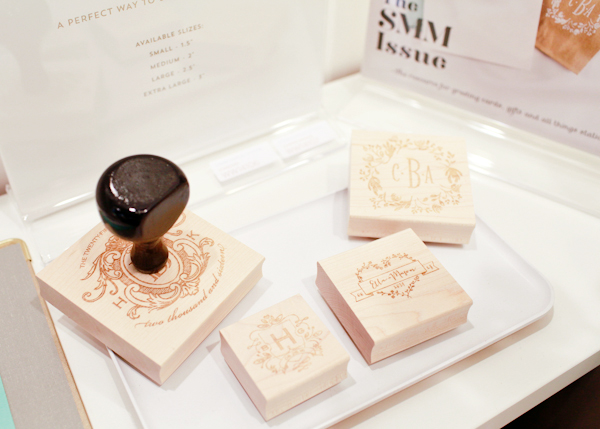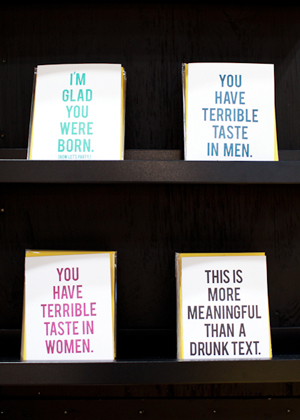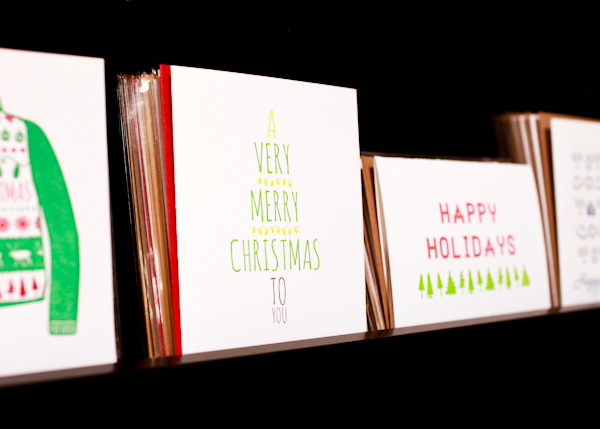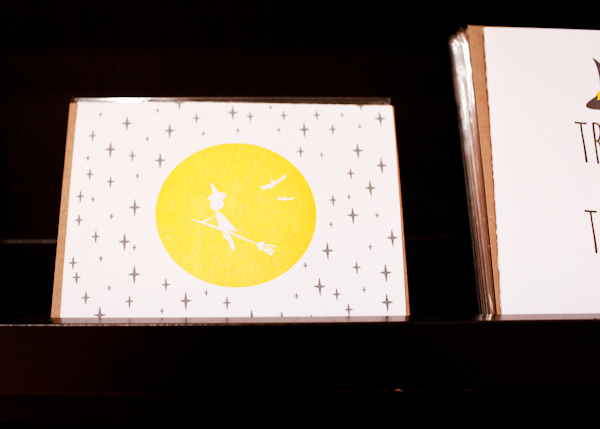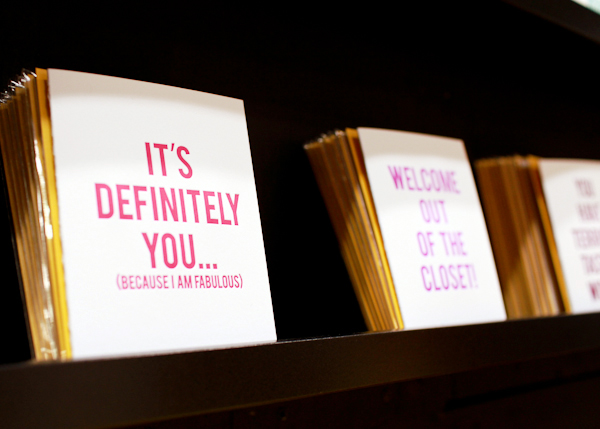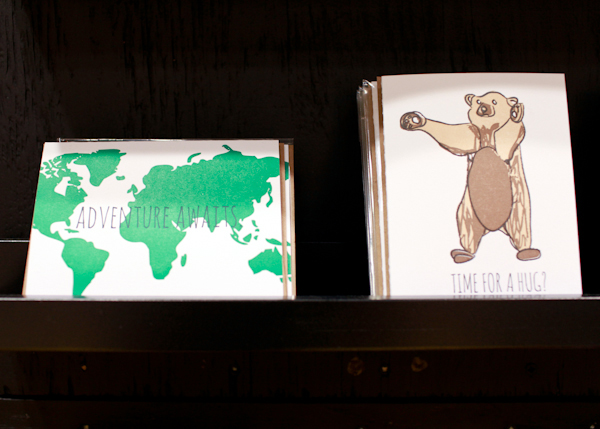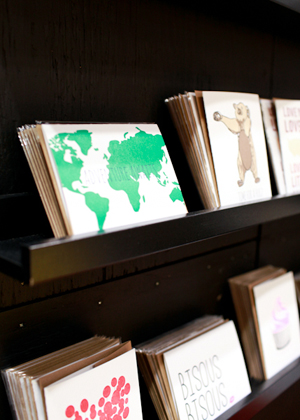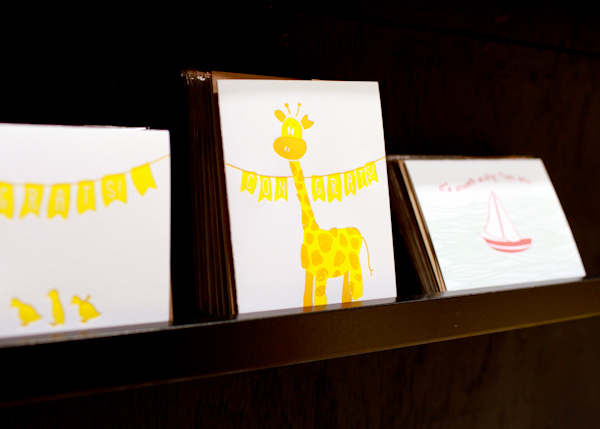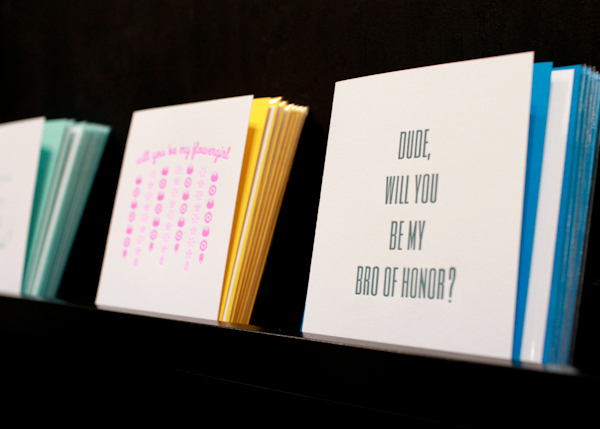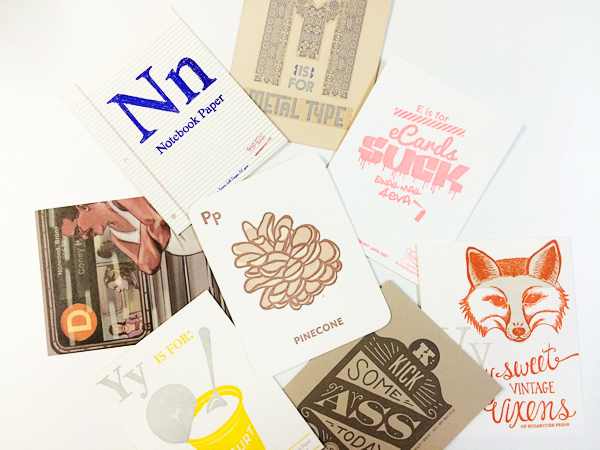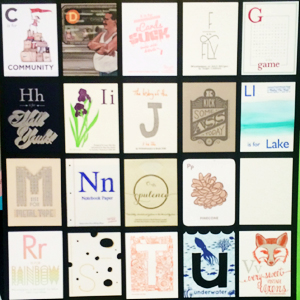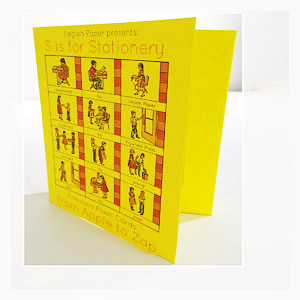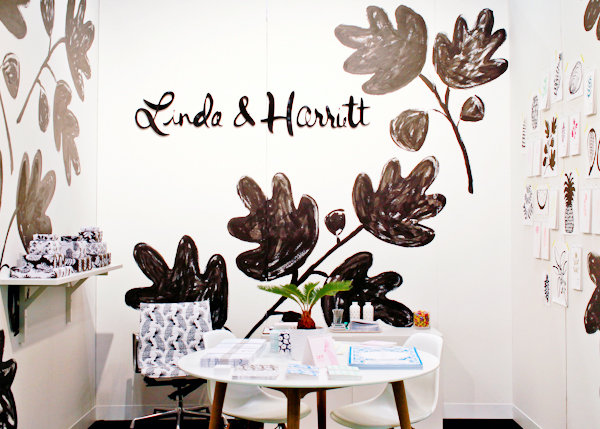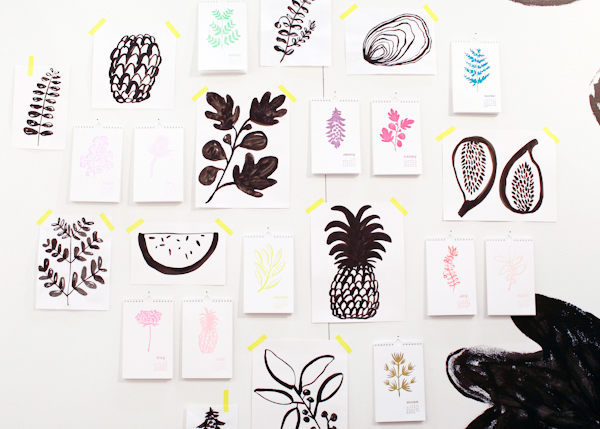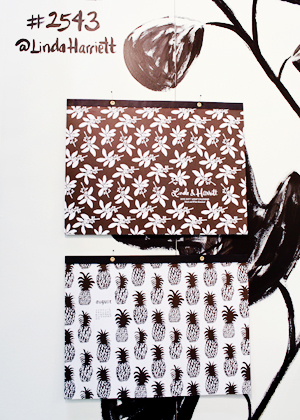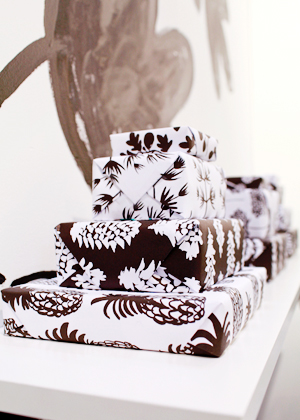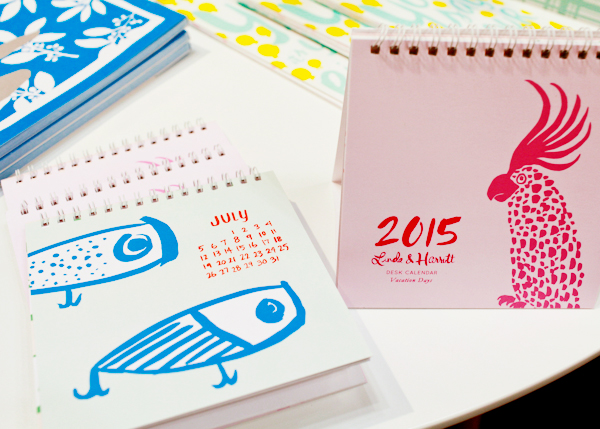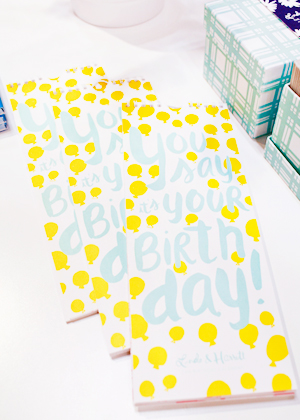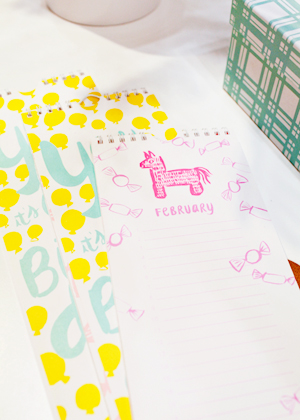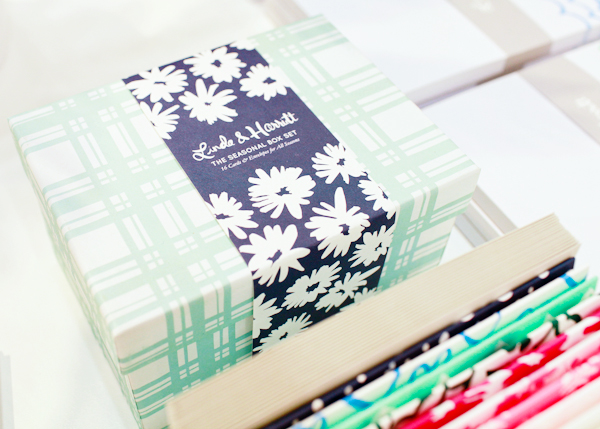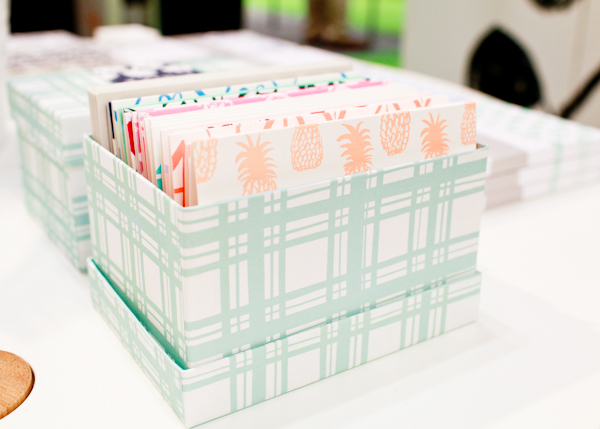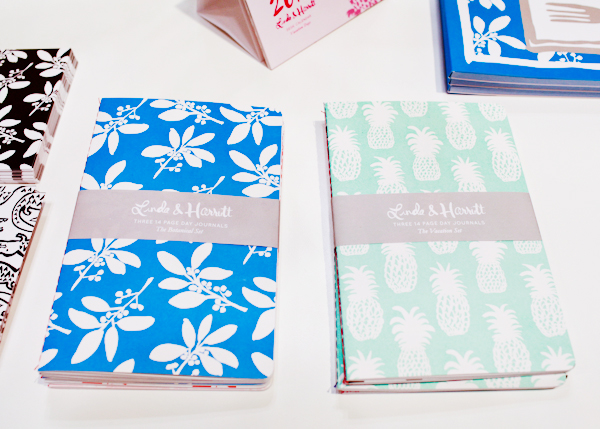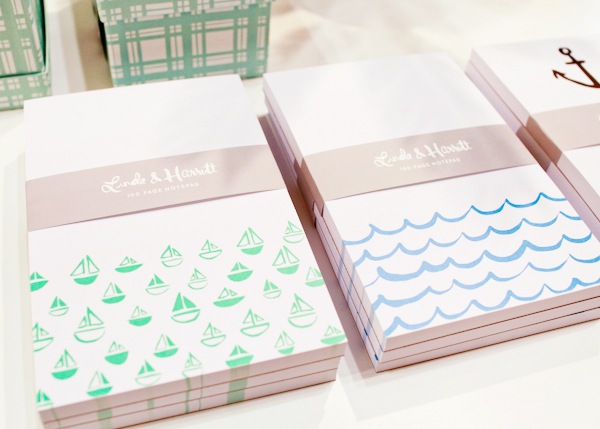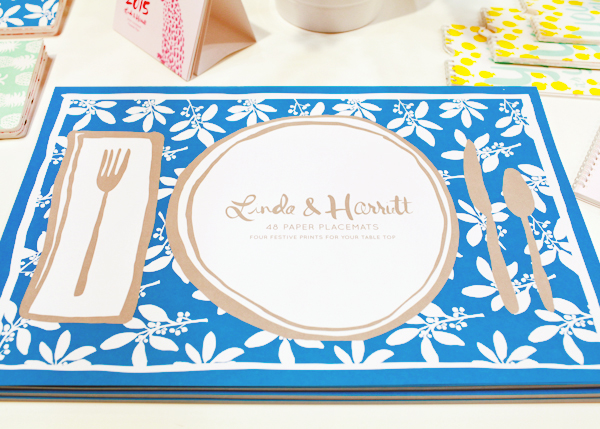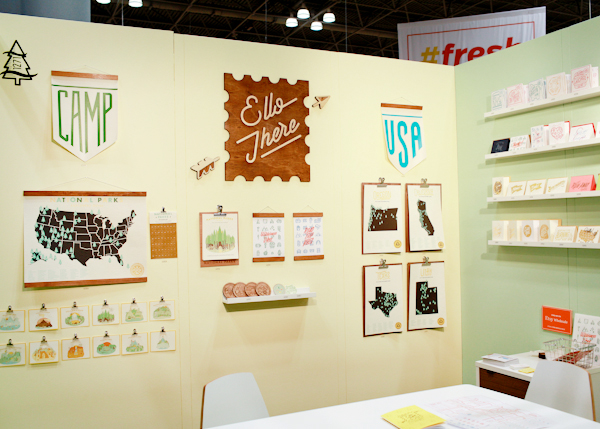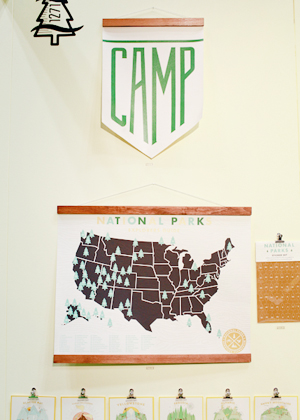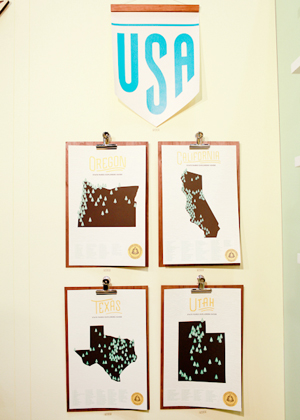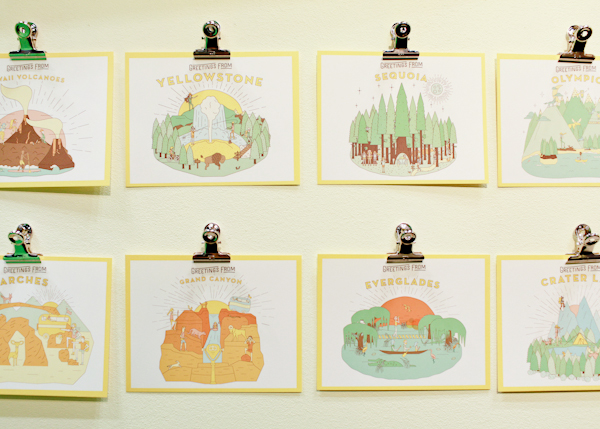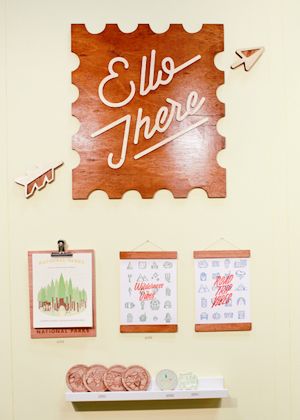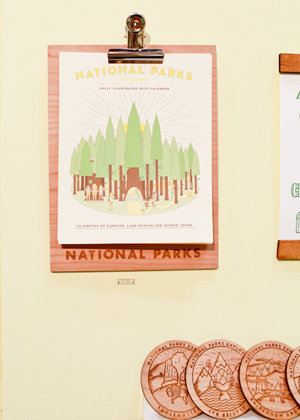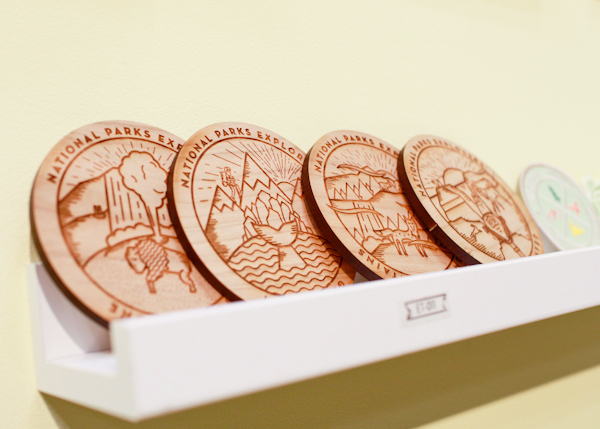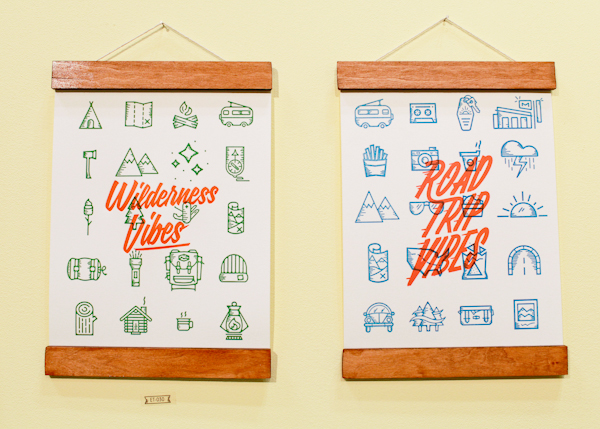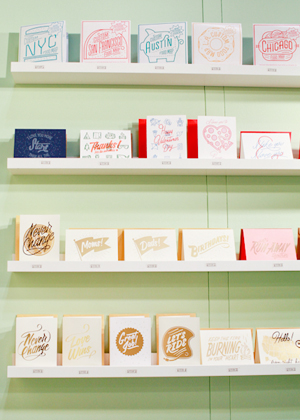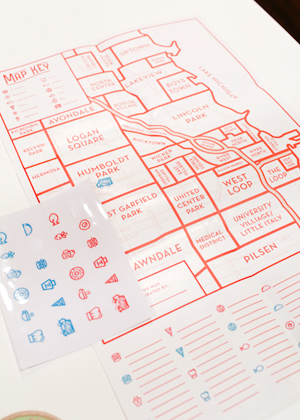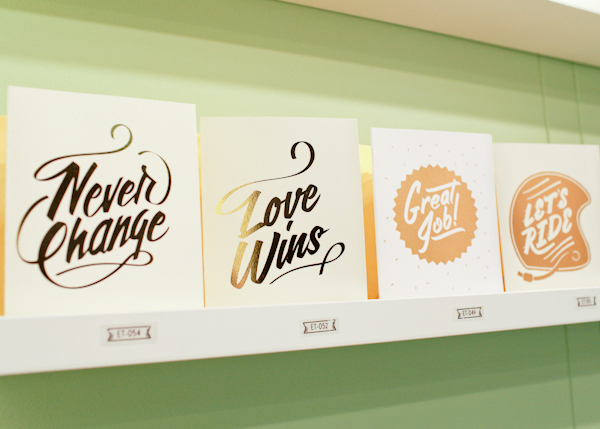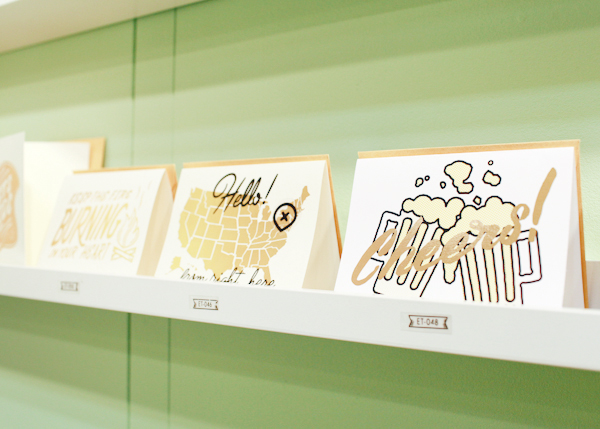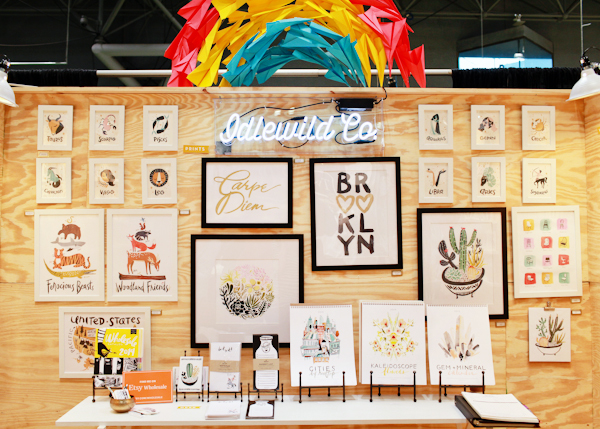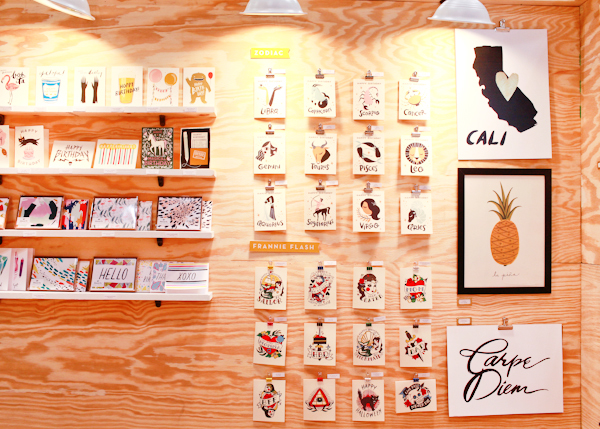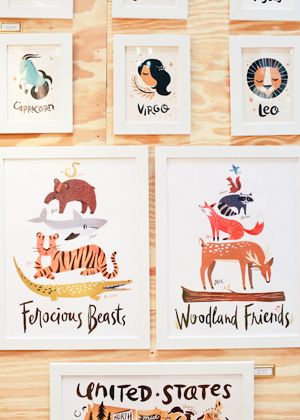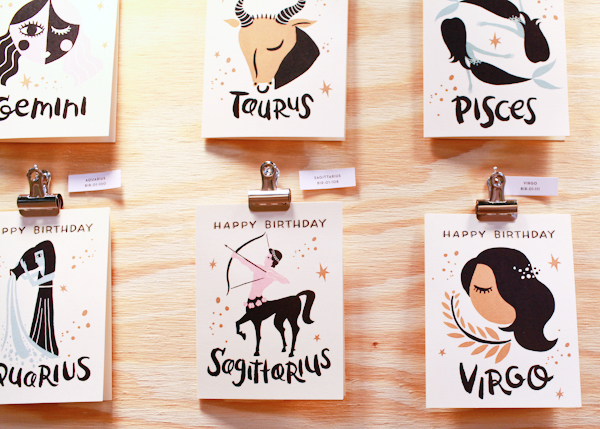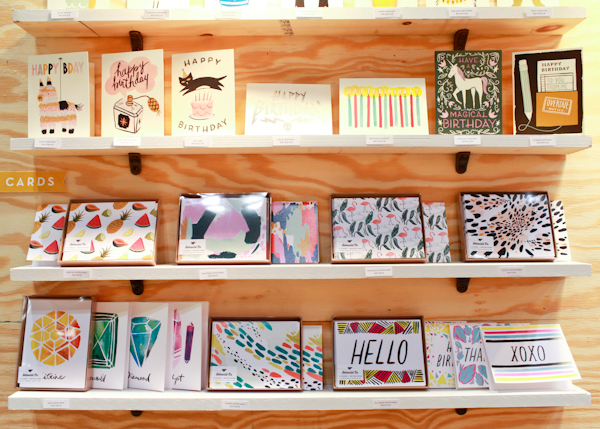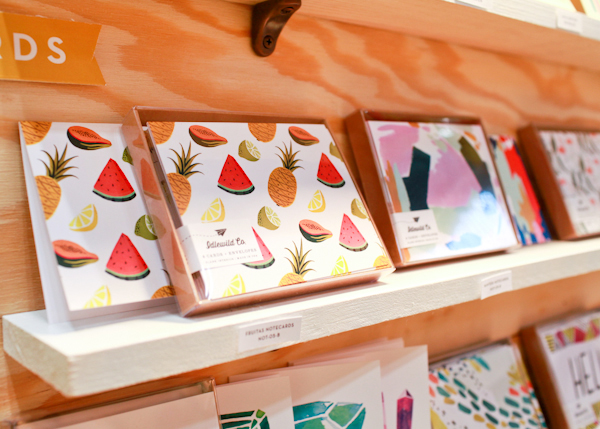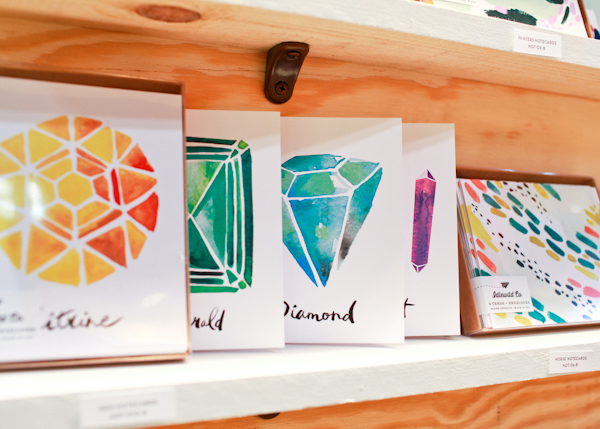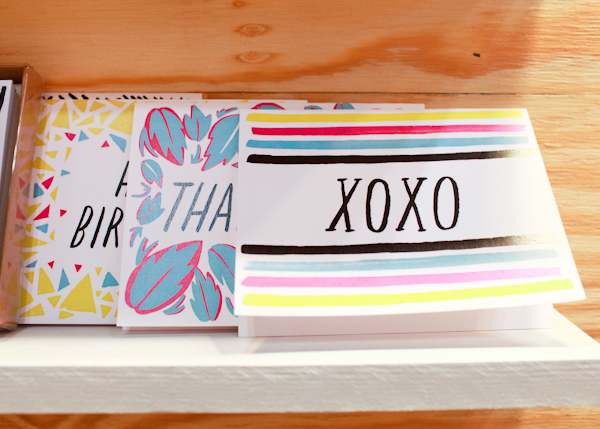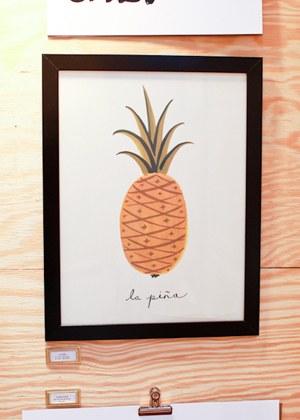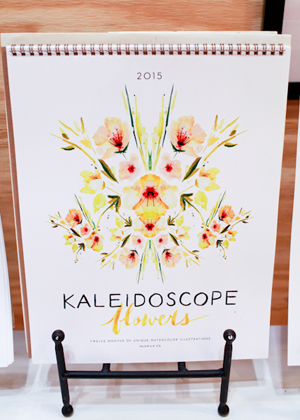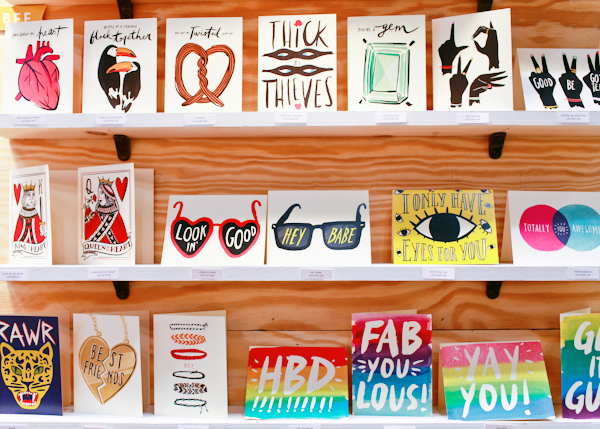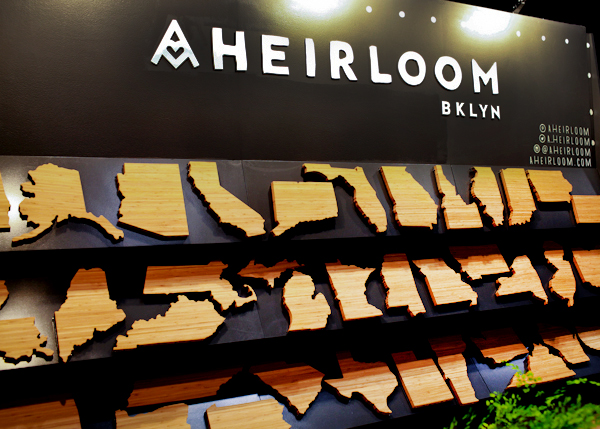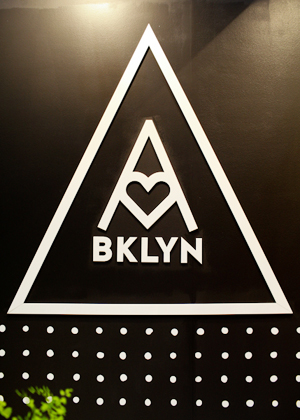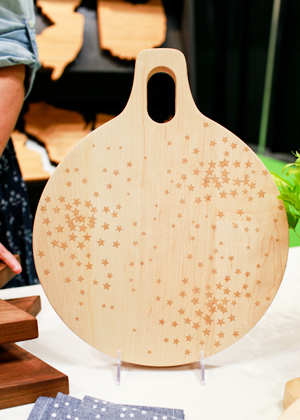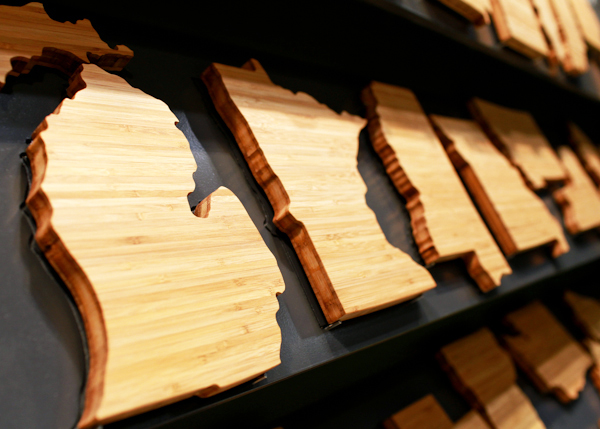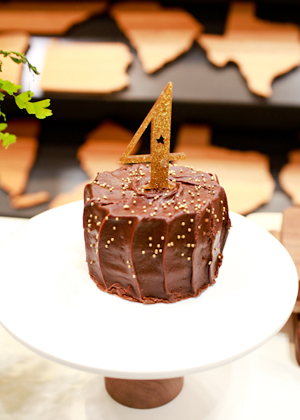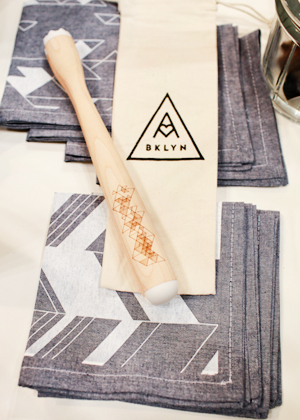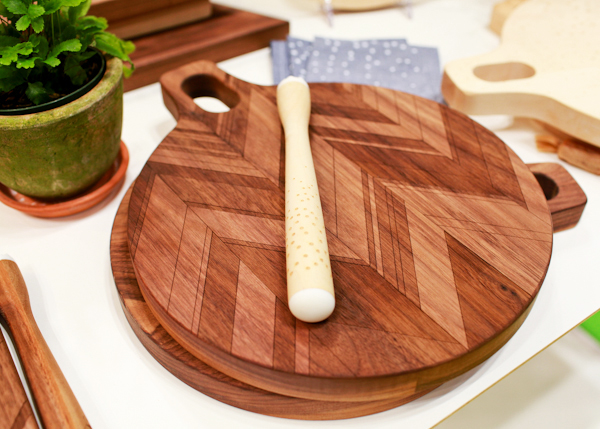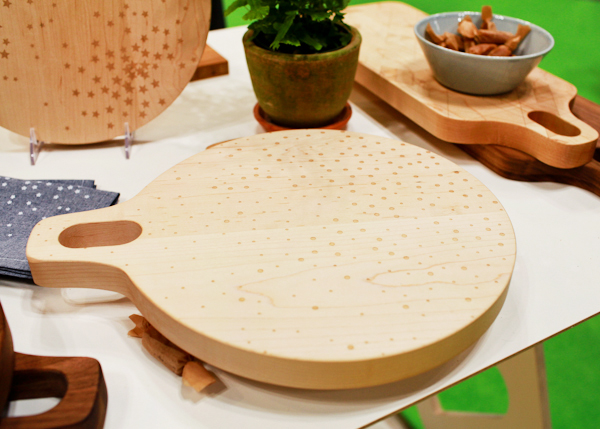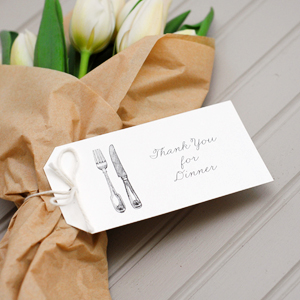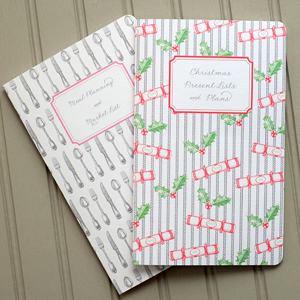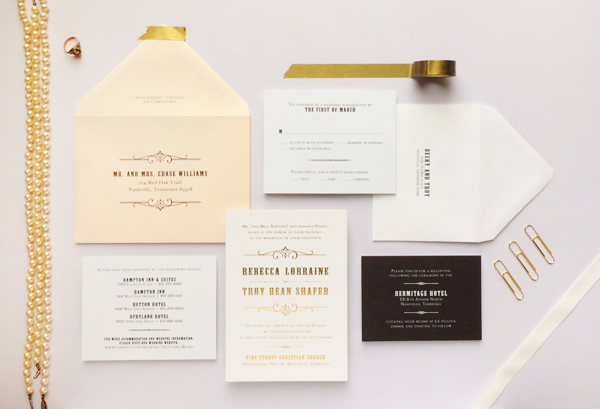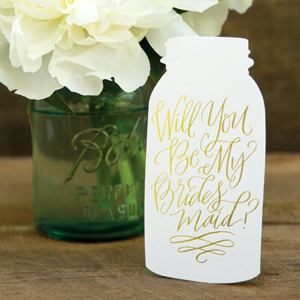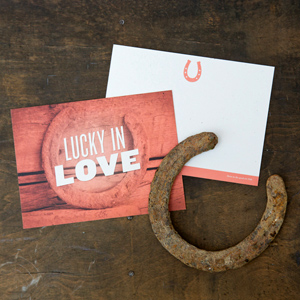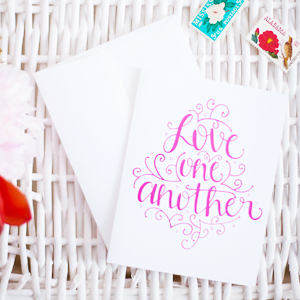We’re often (very often) asked about addressing options for wedding invitations. Many of our clients are DIY couples and it’s simply not in their budget to hire a professional or to pay for digital addressing. Believe us: even if you or a loved one are planning address them yourself, they can still be creative and cohesive with your invitation! It’s simply a matter of the right tools, methods, and a some practice! – Bailey and Emma of Antiquaria
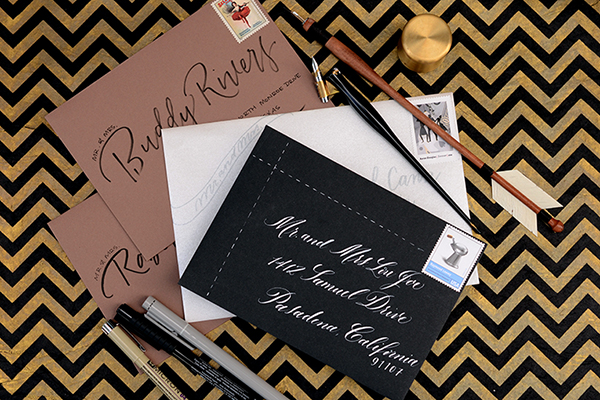
Option One: DIY Pointed Pen Calligraphy. For someone that has a little experience already with a dip pen and ink or for someone with plenty of time to practice before the invitations need mailing, calligraphy addressing can actually be a great DIY option. One hundred years ago, everyone who wanted to write had to use a dip pen and ink. We’re certainly used to modern pens these days, but it’s inspiring to think that it can be done with practice! It takes years and years of practice to truly master the art – so don’t hold yourself to expectations of perfection for the project. Try playing with your unique hand writing and see what is most natural for you with the tools.

It’s really helpful to give yourself guidelines when writing with pen and ink (your focus will be more on the writing than keeping the lines straight). For a playful look, we drew them at a slant, leaving a ruler’s width between them. Three lines will suffice for most U.S. addresses but occasionally you’ll need four. Just count up how many 3 and 4 liners you need on your list and tackle all of the “ruling up” first.
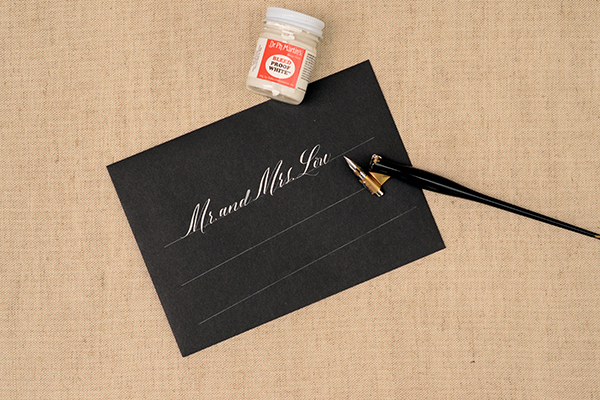
Address each envelope on your guest list. Set aside to dry. This can take minutes to a day depending on the ink and weather, so don’t be too anxious. The last thing you want is to smear you hard work! We used our favorite white ink on these gorgeous black envelopes. It’s the loveliest and most opaque that we’ve found but it must be diluted quite a bit to use with a pointed pen and nib. Add (distilled) water with an eyedropper to the bottle. Stir the ink with the water until it reaches the consistency of heavy cream.
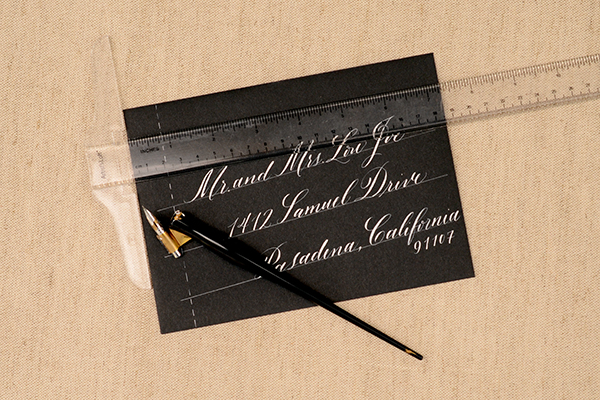
Once they’re all addressed, we added a fun little dashed line to further decorate and modernize the envelope. Use a T-square ruler and dash along the straight line with the white ink loaded into the dip pen. Let them all dry once more.
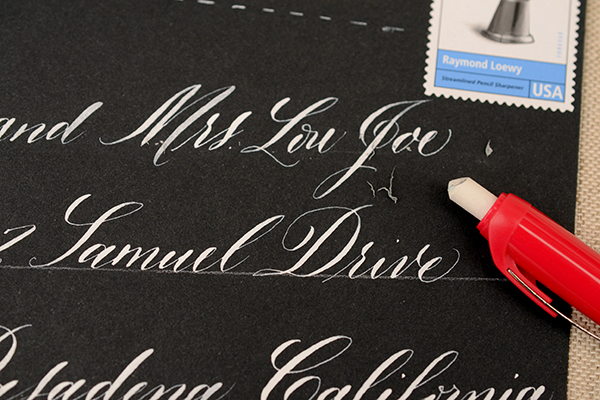
Erase the lines gently once everything is good and dry.
You can find more information about DIY calligraphy on our blog. You can also search for local calligraphy classes to get you started. The key to calligraphy is practice, practice, and more practice!
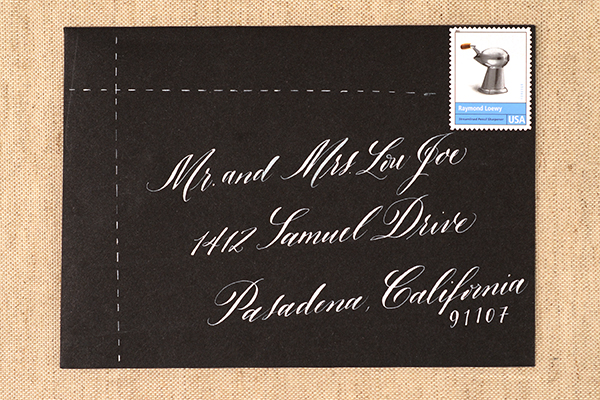
Option Two: Brush Pen Lettering. Brush pens can be a great option for addressing without the mess of an actual brush and ink. A lot of them are actually felt tipped (like the ones in this tutorial) which makes controlling them much easier. This silver and gray design is lovely, soft and tonal. Play with the brush lettering a bit and find a style that’s comfortable for you. You can print or use cursive with them, so the options are endless!
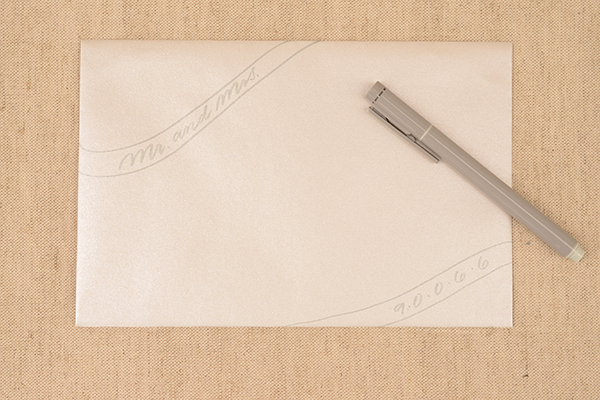
Draw “ribbons” in the upper left and lower right corners. Then write the title(s)Â (i.e. Mr., Miss, Ms., or Mr. and Mrs.) in the upper left banner. Move to the lower right and write the zip code, spacing out each number with a small dot.
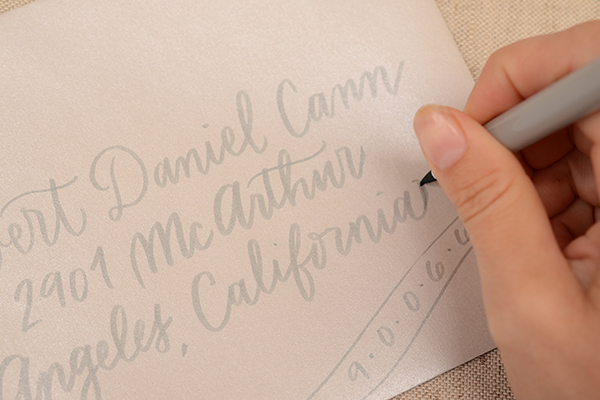
In the middle of the envelope, you’ll write the guest(s) name and address. We used a simple handwriting cursive. Because the brush pen gives the lines weight variation, it looks fancier than a ball point pen, which we love. One key to writing with a brush pen is to write on its point, as shown in the photo above. This will help keep the writing thin and legible. Center the address as much as you can, but the banners in the corners will help keep the design looking balanced even if it’s not perfect.
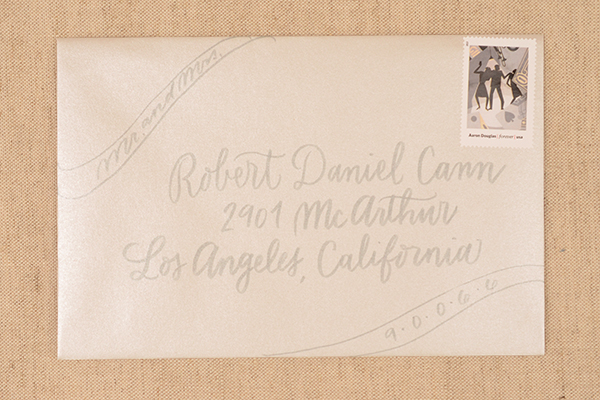
Option Three: Mixed Pen Lettering. This design uses two different kinds of pens to achieve a very custom look. We again used a brush pen, this time in black, as well as a thin felt tipped pen for variation in line quality and so that we could make some text much smaller.
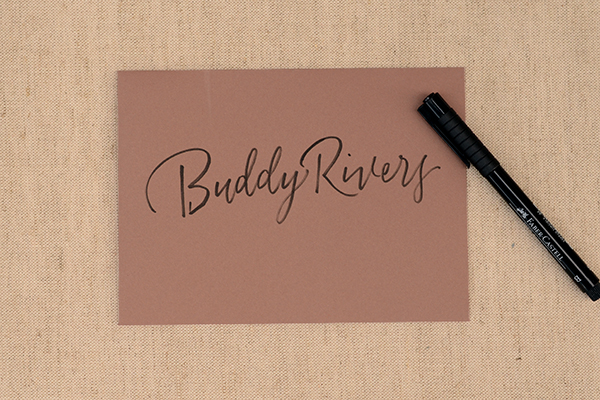
Write your guests name fairly large across the envelope. Vary the size of lettering depending on the length of their name (you’ll get the hang of this with practice).
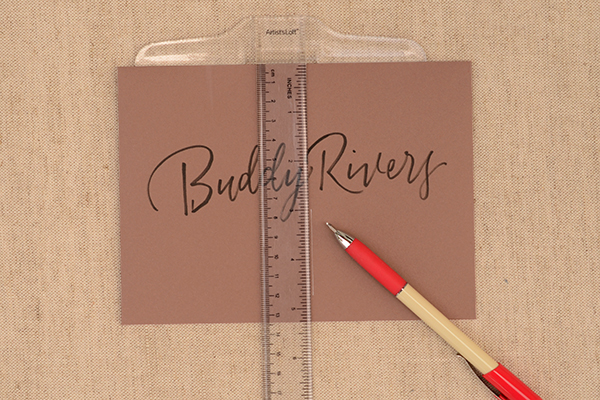
Then, draw straight line down, using a T-square ruler a little right of center. You will use this line to left justify the address.
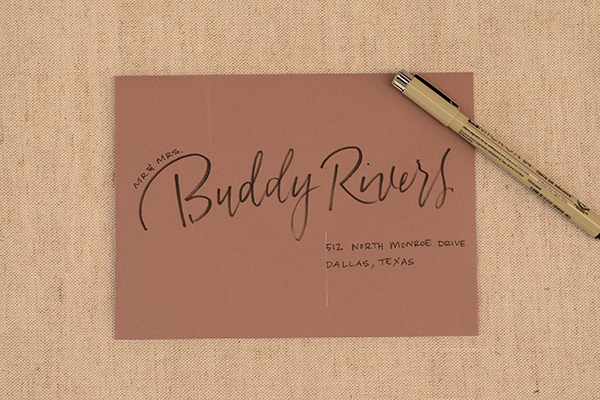
With the vertical lines as your guide, print the street, city and state portion of the address using the felt tipped marker. Add the appropriate title(s)Â to the left hand side of the guests name.
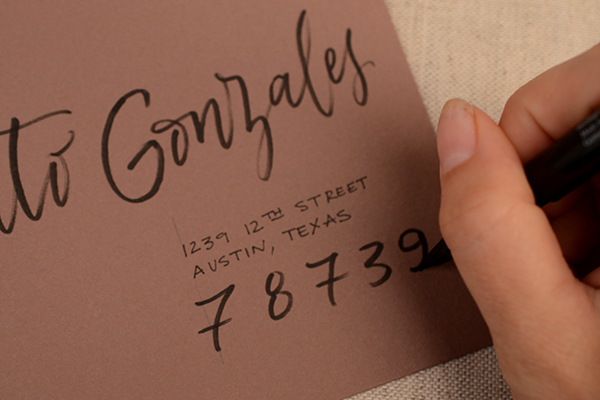
With the brush pen, add the guest’s zip code in large numbers below the address. Erase your vertical line and the envelope is done!
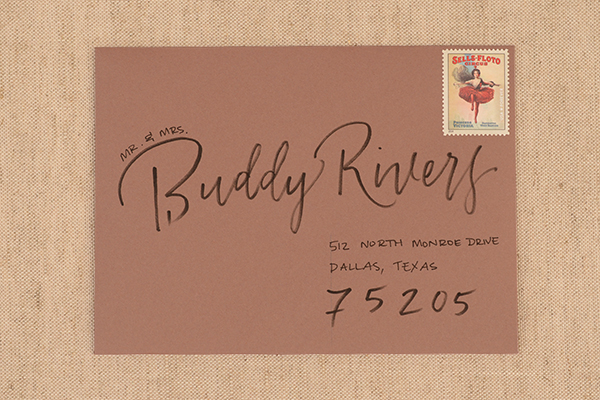
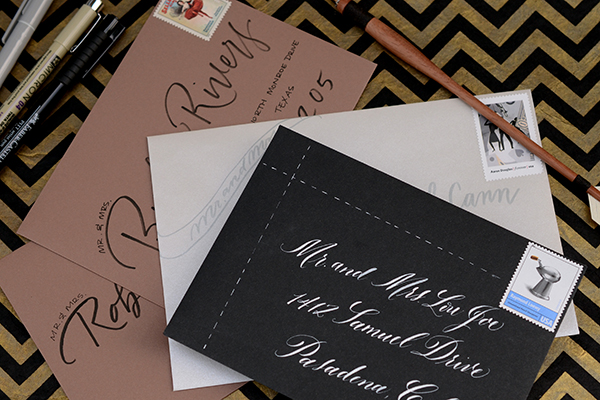
Addressing options really are limitless. Play around with ideas until you find something that works for you and coordinates well with your invitation suite. It can help to experiment with addressing your own save the dates (usually they’re less formal) to determine if you want to tackle the process of addressing your wedding invitations.
Materials & Resources
Calligraphy Resources: Setting up your Tools, Â Lower Case Alphabet by Bailey Rivera, Calligraphy Supplies
Brush and Felt Tipped Pens
For envelopes, we discuss many different envelope resources and options in a previous post, found here.
White Mechanical Pencil or Graphite Pencil
Photo Credits: Antiquaria for Oh So Beautiful Paper

